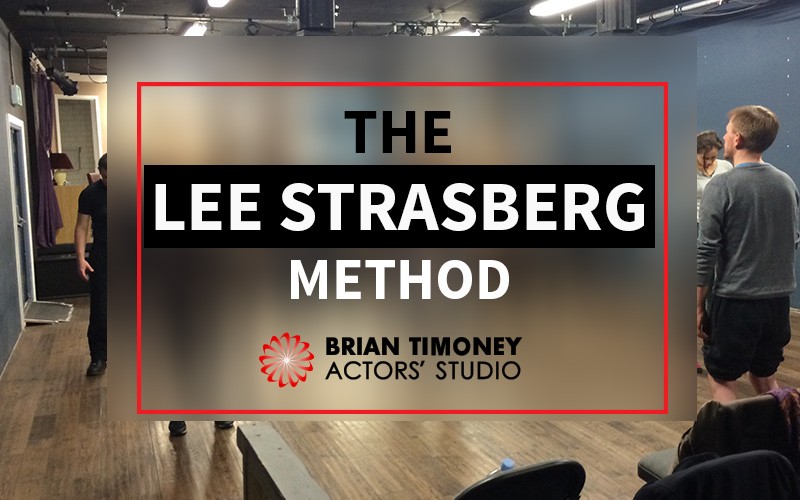Born in 1901 to Jewish parents in what is now the Ukraine, Lee Strasberg’s family could not have guessed he would one day become the father of method acting in America.
He and the still-renowned schools he taught at are famous for coaching the “rebel heroes” of cinema to their greatest heights: James Dean, Marlon Brando, Jane Fonda, Robert De Niro, Marilyn Monroe – the list goes on. These actors seethe with life – each character they inhabit is vulnerable, raw, and also powerful.
Tennessee Williams, who wrote A Streetcar Named Desire, said of the actors who came out of Strasberg’s intense tutelage:
“They act from the inside out… They give you a sense of life.”
One of Strasberg’s favourite students, director Elia Kazan, described the classes as similarly emotive:
“Actors often appeared to be in a state of self-hypnosis”.
Born to Teach
Strasberg discovered early on that training actors was his calling. He knew that he wasn’t cut out to be an actor himself: he was small, and not traditionally handsome by any measure (acting has been a vain profession for a long, long time!).
It was in 1929, while involved with community theatre, that he first saw the power an actor could wield. Our favourite, Konstantin Stanislavski, had brought his Moscow Art Theatre to the United States. The young Strasberg was blown away by their performance:
“…an ensemble like this with actors completely surrendering their ego to the work…. Some sort of unspoken, yet palpable, inner life”.
It was seeing Stanislavski’s System in action that inspired him to refine it and eventually develop the American Method; or, one of the best ways to win an Academy Award.
The American Method
Strasberg’s famous students demonstrated for the first time in film the psychology of their characters. Usually, this was the place of academics of theatre performers; Strasberg believed there was no reason theatre and film should be any different, at least not when it came to acting.
Acting, he said, “is the art that is closest to reality”. By this, he meant that the best way to create the art was to emulate reality; to be realistic. That’s why his Method’s techniques focus so heavily on genuine emotional and physical recreation of characters’ lives.
“If you don’t know what it is you’re trying to create, you will never in your life create it.”
Although the Method can come across as scientific and specific, it is actually more like a set of processes that an actor can apply creatively and dynamically to enhance their portrayal of a character.
Techniques
At its core, the Method is meant to produce “psychological truthfulness”. To truly become a great actor, one must be simultaneously immersed in one’s own prehistory as well as that of one’s character. Simply knowing lines, Strasberg insists, is not acting.
“The only thing you will know is to remember your lines. That is not acting… Acting has nothing to do with memory. It has to do with how we do, how we behave.”
How you do and behave are, however, guided by memory; although not the same one that remembers lines.
Affective and Sense Memories are two key Method techniques. An actor uses them to better empathise with their character, by using memories of their own past. Although Stanislavski proposed these as part of the actor’s toolbox, it was Strasberg who developed them: he believed an actor must unlock their own emotion in order to understand their characters’.
Strasberg’s classes, Kazan has said, were based initially on arousing anger in the actor. The student, he explained, had to be aware of their own emotional resources before they could draw from them.
This resource awareness became a catchphrase in the classes: “take a minute!” Strasberg would yell this at the beginning of each scene, reminding his students to take time to concentrate inwardly, on the details of their characters’ and their own emotional experiences.
These techniques are often referred to as ways to “relive,” rather than “recall” – it’s more important to be in the moment and vulnerable than dwelling on your own issues. Your memory is a tool to be used as needed, not a one-way ticket to acting greatness.
Are You Ready?
Brian Timoney Acting can set you on the path to acting greatness. As the only drama school in the UK that’s built on the Lee Strasberg Method, we’re breaking new ground and hoping you will, too.
If you’re ready to be the next Brando or Fonda, consider our Ultimate Acting Programme.


